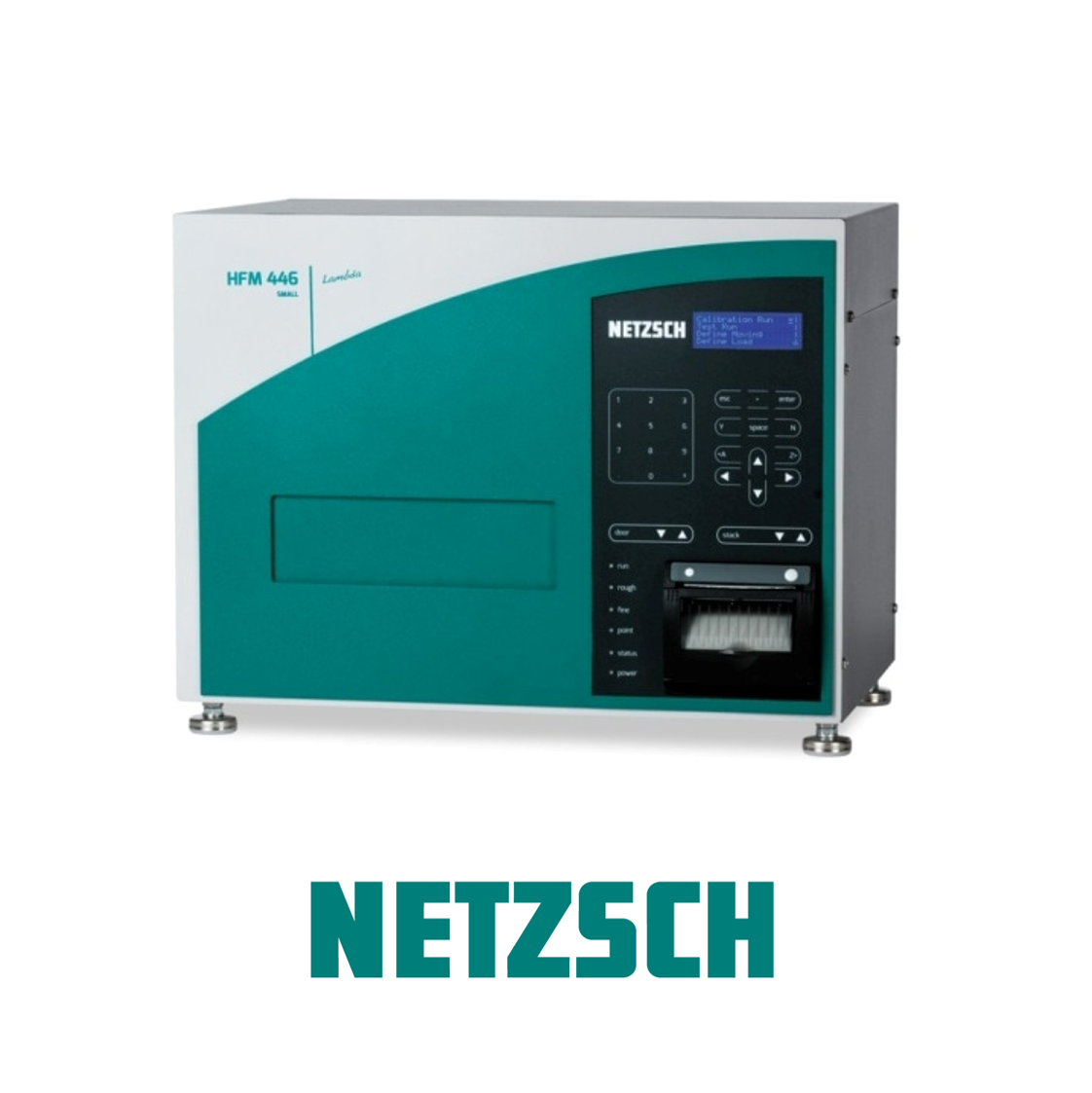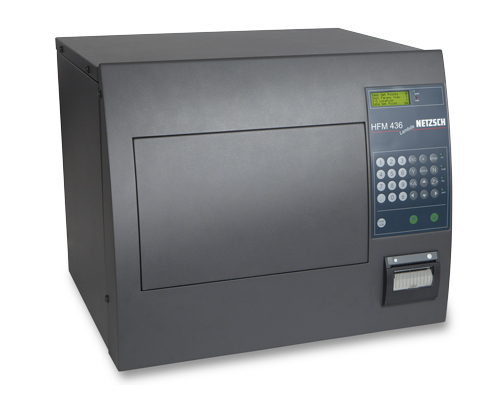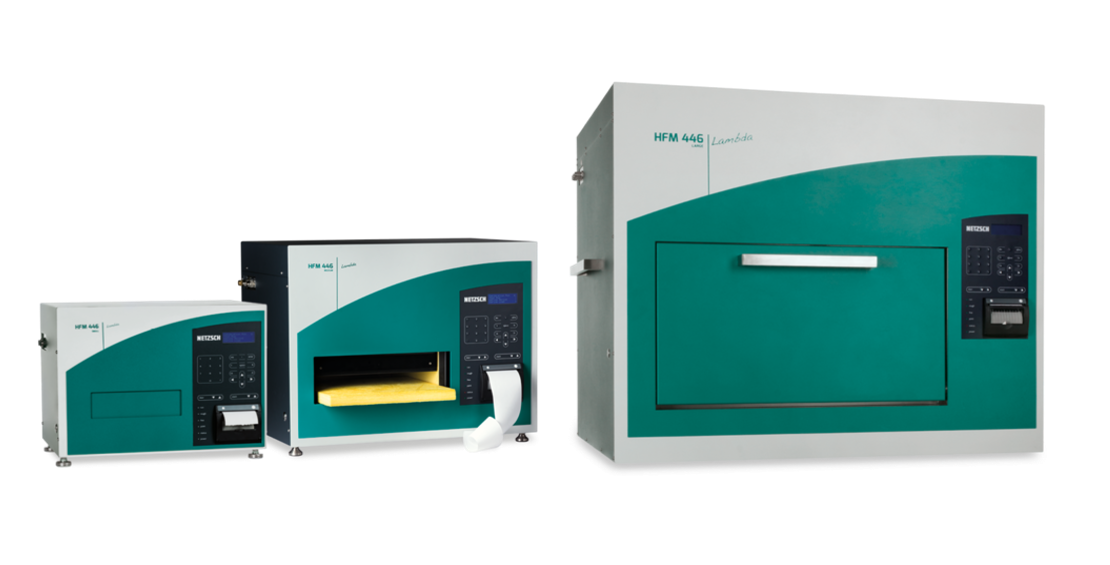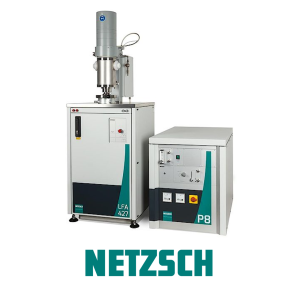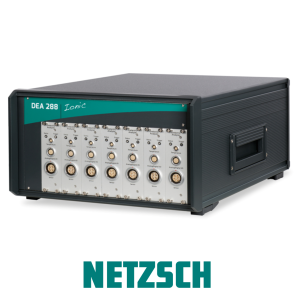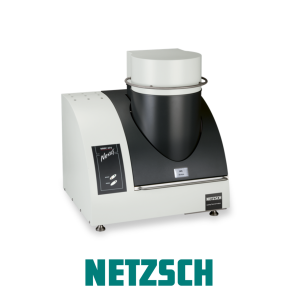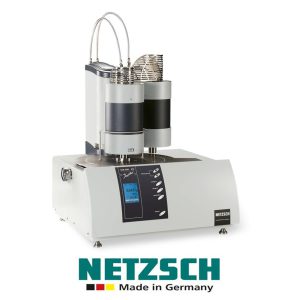תיאור
Saving and Efficient use of Energy
Never before has the topic of the saving and efficient use of energy attracted as much attention in economics and politics around the globe as it does today. Research and development efforts in industry and academia worldwide are addressing topics that contribute to saving energy or generating energy from alternative resources.
There is enormous potential, especially in the areas of insulation materials and the efficient thermal insulation of residential and commercial buildings. It is thus all the more important for insulating materials to be able to be manufactured with a high and steady level of quality and brought onto the market under strict control of their performance characteristics.
There are numerous standards and guidelines to which these products are subject in order to really guarantee these properties for the huge amounts of insulating materials being produced worldwide.
Material Parameter Thermal Conductivity
The most important role here is played by the material parameter thermal conductivity (amount of heat per second flowing through a material layer of a thickness of 1 meter and an area of 1 m² when the temperature difference amounts to 1 K). The thicker the material layer through which the heat flows, the higher the thermal resistance (R-Value) that the material layer presents to the quantity of heat to be transported. The reciprocal value of the thermal resistance is the thermal transmittance (U-Value), usually specified for structural components.
No matter whether for expanded polystyrene (EPS), extruded polystyrene (XPS), PU rigid foam, mineral wool, bloated perlite or foam glass, cork, fleece or natural fiber materials – no matter whether for building materials containing phase change materials, aerogels, concrete, plaster or polymers – the new HFM 446 Lambda Medium features a new standardized method for the measurement of thermal conductivity which is equally applicable in research and development and in quality assurance.
A temperature gradient is set between two plates through the material to be measured. By means of two highly accurate heat-flow sensors in the plates, the heat flow into the material and out of the material, respectively, is measured. If the state of equilibrium of the system is reached and the heat flow is constant, the thermal conductivity can be calculated with the help of the Fourier equation as long as the measurement area and thickness of the sample are known.
Benefits
-
Thermal Conductivity Measurements
On insulating materials, polymers, phase-change materials, aerogels, non-wovens and many more
-
Based on Standards
ASTM C518
ASTM C1784
ISO 8301
DIN EN 12664
DIN EN 12667
JIS A1412
-
Two Ways of Measurement
- Connected with a computer and the unmatched new SmartMode software
- Simple use of stand-alone instrument with integrated printer
-
Traceable at any time and to 100%
Factory calibrated with certified reference materials (IRMM 440 and NIST SRM 1450D)
-
Best Test Conditions
Closed test chamber minimizes influence of the environment and reduces condensation risks
-
Innovative Sample Thickness and Parallelism Measurement
By two-axis inclinometer
-
High Throughput
Fast sample change due to motorized plate and door movement minimize disturbances on the plate temperatures
-
From Lower to Higher Conductivities
The use of external thermocouples extend the thermal conductivity range to a higher level
-
Measures under Real Conditions
Variable external load for measurements on compressable materials
-
No Waste of Time
Complete QA-Documentation including Lambda 90/90-calculation just a click away
-
Works everywhere for everyone
Multiple operating systems – multiple languages
-
Measurement of specific heat capacity (cp)
Based on ASTM C1784
Key Technical Data
(subject to change)
-
Standards:
ASTM C518, ASTM C1784, ISO 8301, JIS A1412, DIN EN 12667, EN 12664
-
Type:
Stand-alone, with integrated printer
-
Air-tight system:
Sample compartment with possibility to introduce purge gas
-
Motorized plate:
Yes
-
Thermal conductivity range:
-
Up to 2.0 W/(m·K)
2.0 W/(m·K) achievable with optional instrumentation kit, recommended for hard materials and those with higher thermal conductivity
- Accuracy: ± 1% to 2%
- Repeatability: 0.5%
-
Reproducibility: ± 0.5%
→ All performance data is verified with NIST SRM 1450 D (thickness 2.5 cm)
-
-
Plate temperature range:
-20°C to 90°C
-
Transducer metering:
- Small: 102 mm x 102 mm
- Medium: 102 mm x 102 mm
- Large: 254 mm x 254 mm
-
Chiller system:
External; constant temperature setpoint over plate temperature range
-
Plate temperature control:
Peltier system
-
Plate motion:
Operator-actuated plate opening for fast sample change, quick return to setpoint
-
Plate thermocouples:
Three thermocouples on each plate, type K (two extra thermocouples with instrumentation kit)
-
Thermocouple resolution:
± 0.01°C
-
Number of setpoints:
Up to 10
-
Specimen size:
- Small: 203 mm x 203 mm
- Medium: 305 mm x 305 mm
- Large: 611 mm x 611 mm
-
Specimen thickness (max.):
- Small: 51 mm
- Medium: 105 mm
- Large: 200 mm
-
Variable load/ contact force:
- Small: 0 to 854 N (21 kPa on 203 x 203 mm²)
- Medium: 0 to 1930 N (21 kPa on 305 x 305 mm²)
-
Large: ca. 1900 N (5 kPA on 611 x 611 mm2)
Precise load control and possibility to vary density of compressible materials; contact pressure calculated by software based on load sensor signal
-
Thickness determination:
- Four-corner thickness determination via inclinometer
- Compliance to non-parallel specimen surfaces
-
Software features:
- SmartMode (incl. AutoCalibration, report generation, data export, wizards, user methods, predefined instrument parameters, user-defined parameters, Cpdetermination, etc.
- Storage and restoration of calibration and measurement files
- Plot of plate/mean temperatures and thermal conductivity values
- Monitoring of heat flux transducer signal


